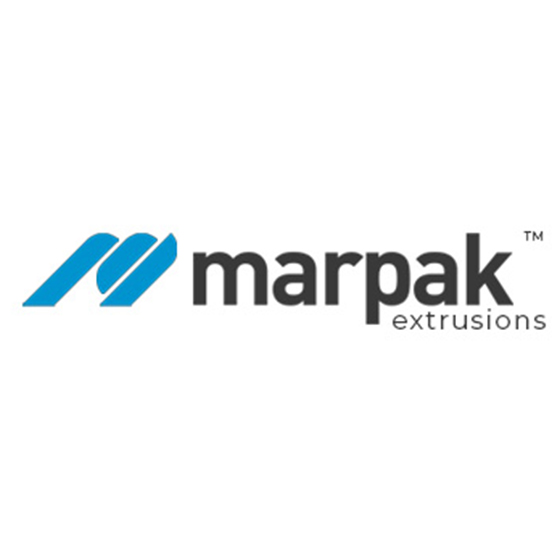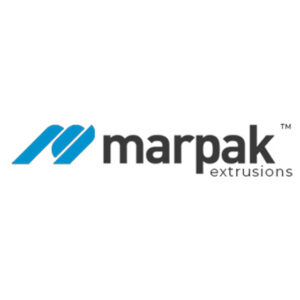How Warehouses Have Improved Over The Years
The forklift truck is a recognisable industrial tool. Also known as the lift truck, the forklift or the fork truck, the powered truck is used to lift and move heavy materials across short distances. In truth, fork lift technology could be tracked back to the Stone Age when the importance of leverage was first acknowledged, but for the sake of simplicity a more accurate birthday for the technology can be considered as in the 1800s.
1800 – THE BEGINNING OF THE BASICS
The basic manually powered sack trucks were invented in the 1800s and the design can still be seen in use today. When products and goods increased in variety, many different types of hand operated equipment were created and this included four wheeled trailers, platform trucks and the beginnings of what would become the forklift truck.
20TH CENTURY POWERED TRUCKS
Powered versions of the aforementioned tools began to appear at the beginning of the 20th century. The first world war aided the fork lift truck’s popularity as there was a great shortage of labour. The rise and fall reach motion was not developed until later in 1954 by Lansing Bagnall (now Linde.) The design was seen as a pure ingenuity at the time as it allows users to stack loads in a much more convenient manner.
One of the reasons the forklift truck became so popular was the fact that its new design allowed it to operate in much narrower aisle. Previously the typical aisle width was 2.5m wide and the new powered trucks could move between these with ease. This really enabled warehouse efficiency as the new fork lift trucks meant companies were able to completely redesign their warehouses now that this new technology helped stack and move stock quicker than ever before.
- 1906 – The Pennsylvania Railroad uses battery powered platform trucks to move luggage.
- 1917 – US company, Clark, begins developing powered lift tractors.
- 1919 – Yale & Towne Manufacturing and the Towmotor Company enter the lift truck market.
- Late 1930s – Hydraulic power was introduced to production in the late 1930s along with the development of the first ever electric power forklifts. This development really helped to increase the popularity of forklift trucks.
THE IMPACT OF THE SECOND WORLD WAR
Similar to the reaction from the first world war, the second world war increased the use of forklift trucks as part of the war effort. Further warehouse efficiency was introduced as the newer forklift trucks could reach greater heights and the aisles needed to reflect this change.
- 1950-1960s – Safety finally became a concern within the forklift truck development industry now that the powered trucks could lift to such intense heights. Safety features were introduced such as overhead guards, also known as operator cages, and load back rests and others. These were slowly added to newer forklift trucks over this era.
- Late 1980s – Design features incorporated comfort and safety by the late 1980s. The main focus of forklift truck developers was the aim to increase productivity, improve operator comfort and the reduction of injuries due to forklift truck usage.
DEVELOPMENT, DESIGN AND VARIETY
A lot has changed since the forklift truck was first introduced into the industry and did its bit to improve warehouse efficiency. There are many different types of forklift truck models now including:
- Hand pallet truck (doesn’t use any power)
- Rider low lift truck (electronically powered)
- Sideloader (may be electronically powered or use an internal combustion engine)
- Walkie order picking truck
- Rider order picking truck
- Towing tractor
- Articulated very narrow aisle counterbalanced truck (sometimes referred to as ‘flex’ or ‘bendi’ trucks after their manufacturers)
Warehouses and distribution centres are always improving in terms for technology, safety, and efficiency. At Marpak, we are committed to staying at the forefront of our industry in supplying the very best quality packaging solutions on the market, so we are consistently researching improvements in our products.
For more information about the products that we offer at Marpak Extrusions, get in touch by calling 0113 277 5518. You can also contact us online today.



